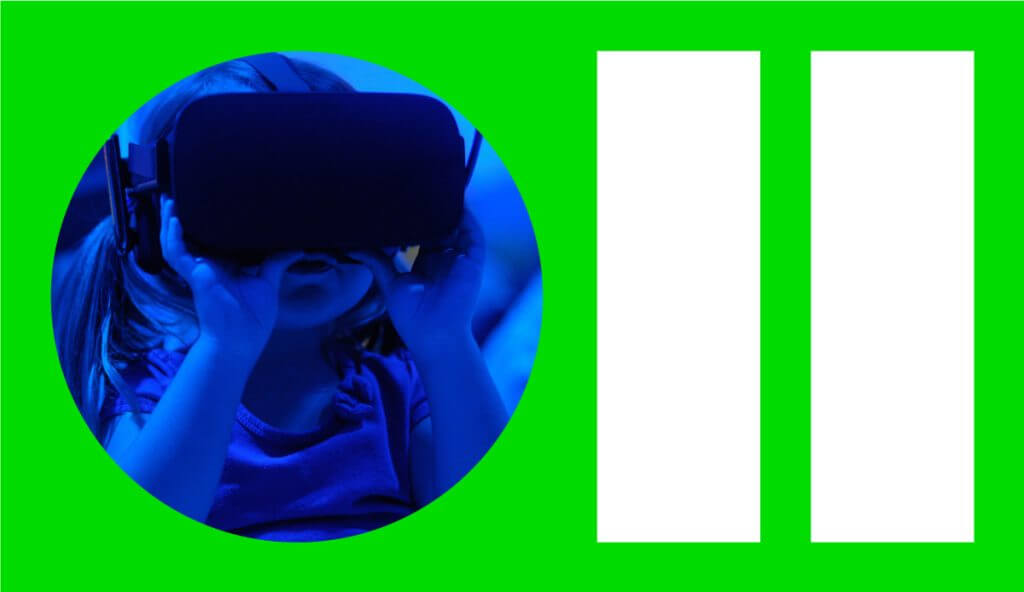2023 trend watch: a pivotal year in commerce, streaming and authenticity for marketers

Managing Partner Jonathan Yantz was featured in The Drum, sharing four predictions for where the marketing and advertising industry is heading. Read the original here.
While the world obsesses over what Elon Musk will do with Twitter and whether Mark Zuckerberg’s big bet will pay off with a metaverse to rule them all (our hot take: never count Mark Zuckerberg out), there is a whole world of other interesting developments in the media landscape to monitor in 2023.
The economic uncertainties kickstarted by inflation have many advertisers worried about how to allocate their marketing dollars best, and whether they should pull back spend until conditions improve.
On the latter, almost every brand can benefit from keeping a steady hand on their marketing budget. While poor economic climates undoubtedly change consumer habits, people will still need to feed their families, seek entertainment (perhaps at a lower frequency) and otherwise continue their lives.
Besides, we’re not yet in a recession, and its reality is not a foregone conclusion. With that in mind, 2023 is a time ripe for significant changes. Here’s what we’ll be tracking in the next 13 months:
1. The US will fall in love with live commerce
Anyone who has watched television network QVC knows that live commerce has long been a mainstay in the US. But it hasn’t quite taken off on social media.
But TikTok owner ByteDance has huge plans for live commerce in 2023. Douyin, the Chinese version of TikTok, has said it sold $119bn worth of goods via live broadcasts in 2021. And ByteDance believes the trend will soon translate to the US market.
That bet is looking increasingly likely. Influencers will use live commerce tools to drive another valuable revenue stream, and adventurous brands will sign up as partners. Imagine your favorite influencer or creator hosting a livestream in which every product shown is clickable and can be purchased without needing to leave the stream.
The technology already exists – it just needs cultural momentum. We believe 2023 will be the year that TikTok and many brands make big bets on live commerce.
2. We’ll witness a return to authenticity
The breakthrough 2022 social media network was BeReal, which prompts users at a random time every day to post a photo within two minutes of receiving a notification. The mechanics make it difficult for users to post anything but an authentic representation of what, where and how they were doing something – and it doesn’t provide enough time to alter their appearance. The intention is to create spontaneity and authenticity. Users have downloaded the app over 53m times, although less than 10% open the app daily.
While it doesn’t have a huge daily audience, the impact of BeReal has rippled to the other platforms, leading TikTok and Instagram to release clones: TikTok Now and Instagram Dual. BeReal’s ascent has catalyzed a growing trend: the idea that authenticity will be the next big thing in social media.
This trend is already proliferating across channels. On LinkedIn, leaders and employees share their biggest mistakes and the lessons they learned along the way. Or they admit their struggles with finding a new job or their mental health. Fans and media complain about the ‘fakeness’ and photoshopping that celebrities execute on their Instagram posts. Consumers are tired of putting on a brave face and are returning to sharing their true feelings – a trend that harkens back to the earlier days of the internet.
3. Older millennials and gen X will steal the spotlight
Whether or not the government officially declares a recession, consumers are increasingly concerned about spending. A recent NCS study found that 45% of respondents felt they could no longer afford their lifestyle, and 66% were more mindful of how they spend their money.
Entry-level employees or those otherwise struggling to make ends meet will likely cut back on spending – but older millennials and gen X workers, who have likely built up nest eggs, will have more opportunities to spend.
Many such consumers were already adults during the 2008 recession and may have survived that period without changing their spending habits too much. Gen X, specifically, was the only generation that exited that recession having recovered the wealth they lost during that time, per data from Pew Research Center.
Targeting these groups, especially if a recession hits, will likely be a simple way to boost media efficacy during a challenging time.
4. Linear will hit the event horizon
With nearly every traditional broadcast channel either already operating or planning to launch a streaming platform, linear TV is clearly on an unrecoverable descent. Take sports, for instance. The NFL now broadcasts one game a week solely on Amazon Prime. Paramount+ subscribers can watch every Uefa Champions League game on the app, and NBC has multiple English Premier League games only viewable on its Peacock channel.
Even marquee network TV shows are leaning into streaming. Many ads for the new ABC show Alaska Daily encourage viewers to watch the program on Hulu as much or more than on the ABC network. Pop culture site The Ringer features an always-updating streaming guide on its website but has scant coverage of network TV (unless a network program is also hosted on a streaming service). Setting aside user behavior and content offerings, the ad tech world is hard at work perfecting cross-platform measurement, so linear ads can more accurately demonstrate returns on investment.
These trends are just the tip of the iceberg. What else does TikTok have up its sleeve? Will there be a new social platform competing in 2023? Will Netflix’s ad tier work out well? Will we see a major streaming player bow out due to the glut of competition?

